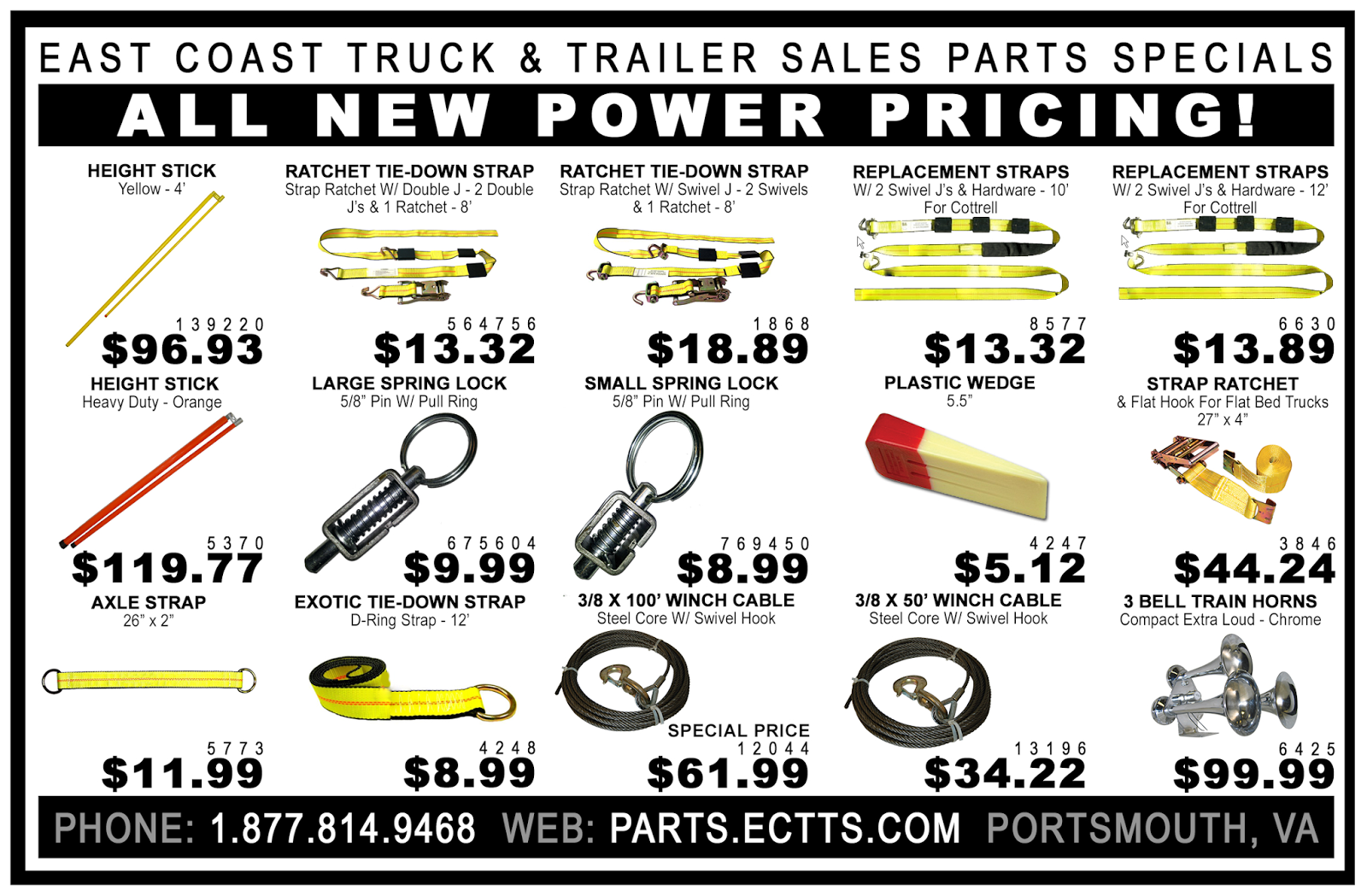Protect Your Investment. Winterize your Rig
It's that time of year, yet again - time to winterize your rig. And while the below is by no means a comprehensive list, it is a good way to start your winterization plan.
One of the few things typically taken care of for you is your fuel blend. You already know that your truck can be harder to start in winter, and to combat this, fuels are blended with 1D and 2D types of diesel for faster ignition. In spite of that, you'll still want to check the cetane number (CN). The higher the better in winter, as it's a measure of how quickly the fuel ignites. That said, let's get to the list you do have to worry about:
Hoses, radiator and belts - In the warm months, rubber and plastic might work perfectly well, but cold weather will test all of these components. Before it gets cold, check for small cracks, rub marks or bulges that can lead to a failure down the line. It may not happen today, but parts will fail at the least convenient moment, and keep you from making money. Change them if they look even the slightest bit suspicious.
Anti-freeze - Have your anti-freeze tested before the winter sets in. You need it to be at the best possible freeze point for the entire season. If you don't remember the last time you had it changed, it's probably time.
Batteries - When was the last time you had your batteries tested? If your batteries are between 4 and 6 years old, you need to consider replacing them before the season even begins. If they're younger than that, you still need to have them tested - under load.
Engine components - Check to see what type of equipment you have to make your rig start easier in the colder climates. If you have a block heater, intake pre-heats or glow plugs; make sure they are functioning correctly before you really need them.
Anti-gelling additives - As the name implies, this keeps your fuel from gelling in the cold temperatures. Use them.
Fuel/water separator - keeping water out of your fuel is always a good idea, but even more critical in the winter when it can freeze a fuel line. If you don't have one, get a fuel water separator for your rig. Minimize the amount of condensation that can collect by fuelling late in the day, if possible.
Air Dryers - Your break systems are designed to use dry air. In freezing temperatures, water/fluids can create an ice blockage and prevent your breaks from functioning. Air dryers help prevent that from happening. The air dryer sits between compressor and the wet tank, and should have the filter changed before the winter begins. Don't forget to drain your reservoirs periodically, as well.
Heating - When you check the in-cab heat systems, or open the valve - in some older trucks; change your in-cab filter, as well. You wouldn't believe what gets stuck in those filters over time. This contributes to slow cabin air, and can make it less comfortable for you in the colder climates.
Wiring - Like your battery, wiring is critically important to monitor. Rubbing, and exposure are two things that are tough on your wiring. Check all the areas you can for damage. Anywhere wiring touches another component is where you need to heavily scrutinize.
Sometimes you can do all of the above and still run into trouble on the road. You need prepare for this, as well. Keep extra blankets, water, food and survival supplies in your truck at all times. It takes up some precious room, but when you need it, it's well worth the space.
Keep rolling. Keep safe.


 money if you’re not prepared to take advantage of the opportunities available.
money if you’re not prepared to take advantage of the opportunities available. add capacity, it adds maintenance and man hours.
add capacity, it adds maintenance and man hours.




